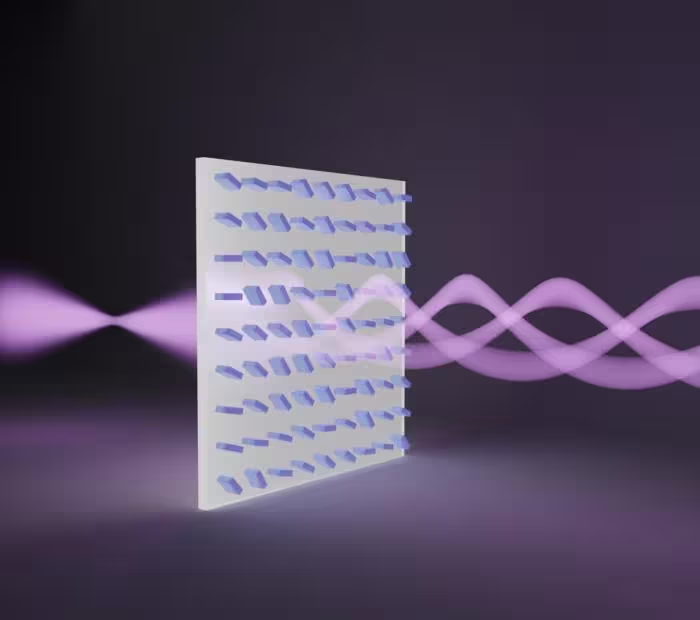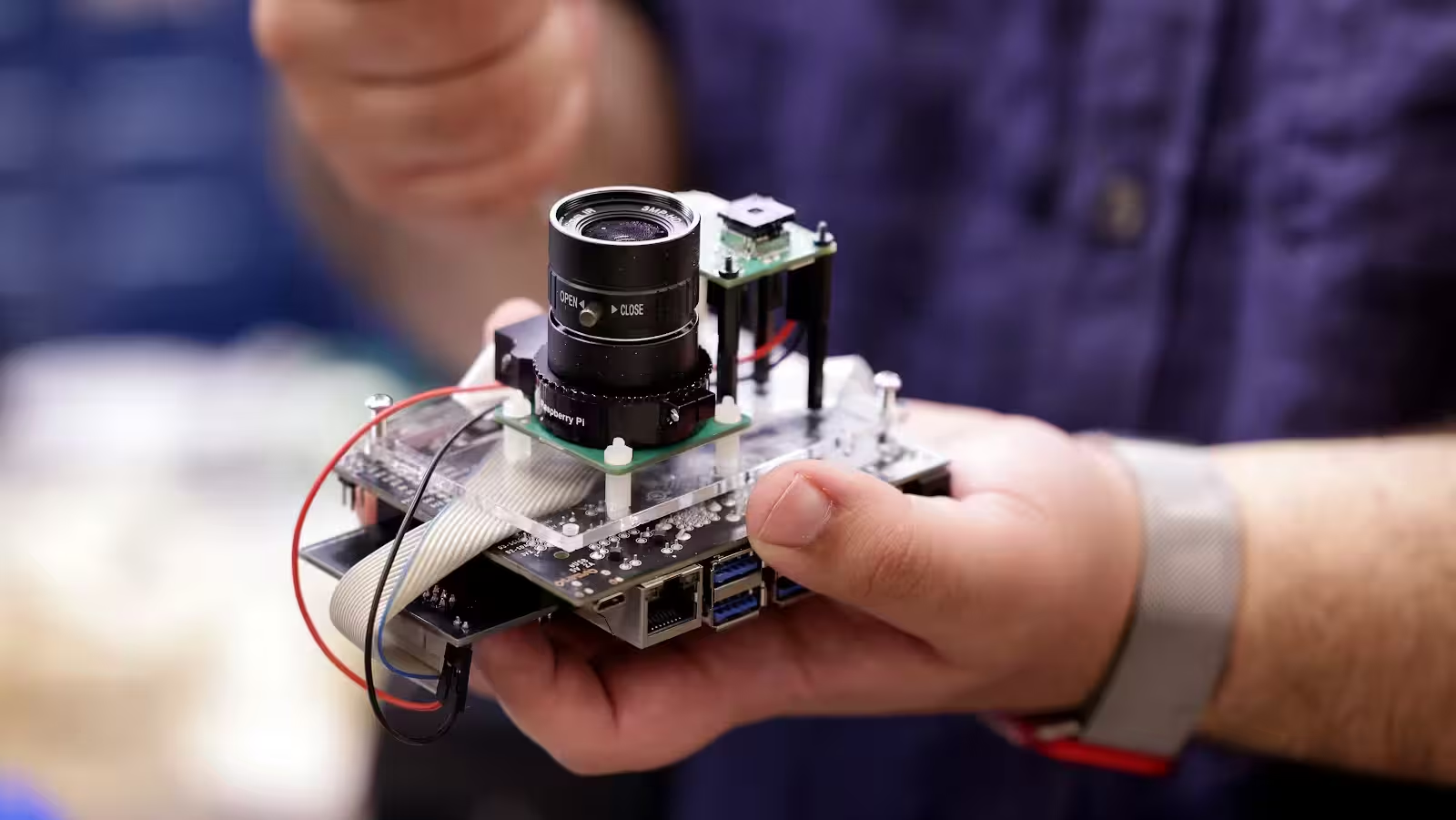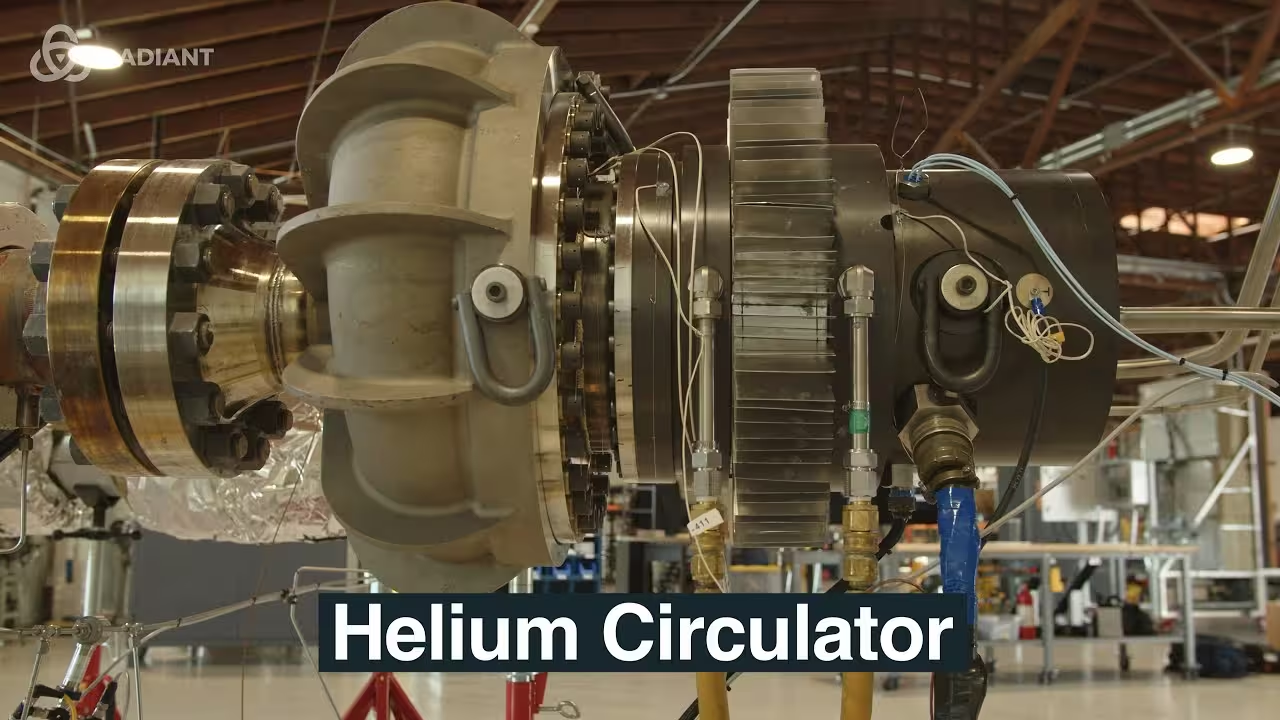Researchers at the University of Melbourne in Australia have developed a lightweight solenoid beam using a silicon metasurface, potentially enabling non-invasive biopsies.
From ARC Centre of Excellence for Transformative Meta-Optical Systems/University of Melbourne 23/07/24

Researchers at TMOS, the ARC Centre of Excellence for Transformative Meta-Optical Systems, have taken an important first step in the development of metasurface-enabled tractor beams.
These beams are rays of light that can pull particles toward them, a concept that fictional tractor beams featured in science fiction are based on.
In research published in ACS Photonics today, the University of Melbourne team describes their solenoid beam that is generated using a silicon metasurface.
Previous solenoid beams have been created by bulky special light modulators (SLMs), however the size and weight of these systems prevent the beams from being used in handheld devices.
The metasurface is a layer of nanopatterned silicon only about 1/2000 of a millimeter thick.
The team hopes that one day it could be used to take biopsies in a non-invasive manner, unlike current methods such as forceps that cause trauma to the surrounding tissues.
Beams of light tend to exert a pushing force, moving particles away from the light source.
Solenoid beams have been proven to draw particles toward the light source.
Consider the way a drill works, pulling wood shavings up the drill bit. Solenoid beams work similarly.
This particular solenoid beam has several benefits over previously generated solenoid beams.
The required conditions of the input beam are more flexible than with previous beams. It doesn’t require an SLM.

The size, weight, and power requirements are significantly less than previous systems.
The metasurface was created by mapping the phase hologram of the desired beam. This was used to create a pattern.
The metasurface was then fabricated from silicon using electron beam lithography and reactive ion etching.
When the input beam, in this case a Gaussian beam, filters through the metasurface, most of it (approximately 76%) is converted into a solenoid beam.
It bends away from the unconverted beam, allowing the researchers to work with it without obstruction.
They were able to characterize the beam at a distance of 21 centimeters.
Lead researcher Maryam Setareh says, “The compact size and high efficiency of this device could lead to innovative applications in the future.”
“The ability to pull particles using a metasurface might have the potential to impact the field of biopsy by potentially reducing pain through less invasive methods.”
Setareh says, “We are excited to investigate the performance of our device in particle manipulation, which could offer valuable insights.”
Chief Investigator Ken Crozier says, “The next stage of this research will be to experimentally demonstrate the beam’s ability to pull particles, and we’ll be excited to share those results when they’re available.”
Crozier says, “This work opens new possibilities for using light to exert forces on tiny objects.”
More info
You may also be curious about:
-

Small animals acquire genes from bacteria that can produce antibiotics
-

Skeleton discovery shows earthquake may have made Vesuvius eruption even more deadly
-

Infinite Machine reopen reservations for Cybertruck-inspired e-scooter
-

Singing the science: Using karaoke to examine blushing
-

AI predicts rogue waves at sea up to 5 minutes in advance
-

Underground cave found on moon
-

You’re just a stick figure to this camera
-

Treehugger: Flying bot wraps its wings around trees to perch
-

How climate change is altering the Earth’s rotation
-

VIDEO: Radiant hit portable micro nuclear reactor milestone
-

Bioengineering plants that produce their own nitrogen fertilizer
-

NASA’s Webb investigates eternal sunrises, sunsets on distant world
